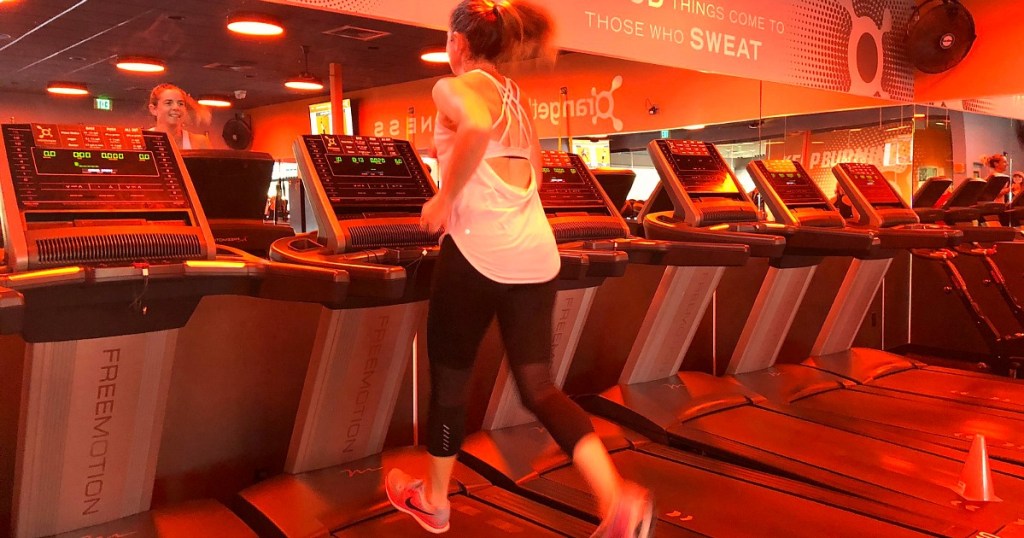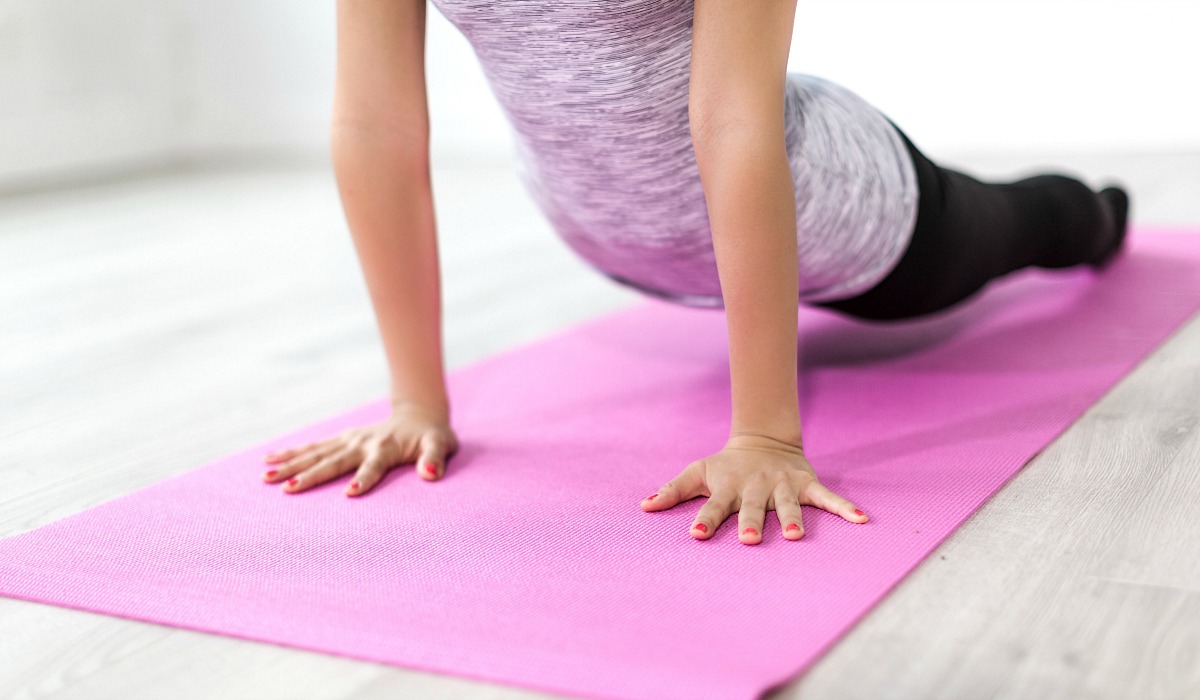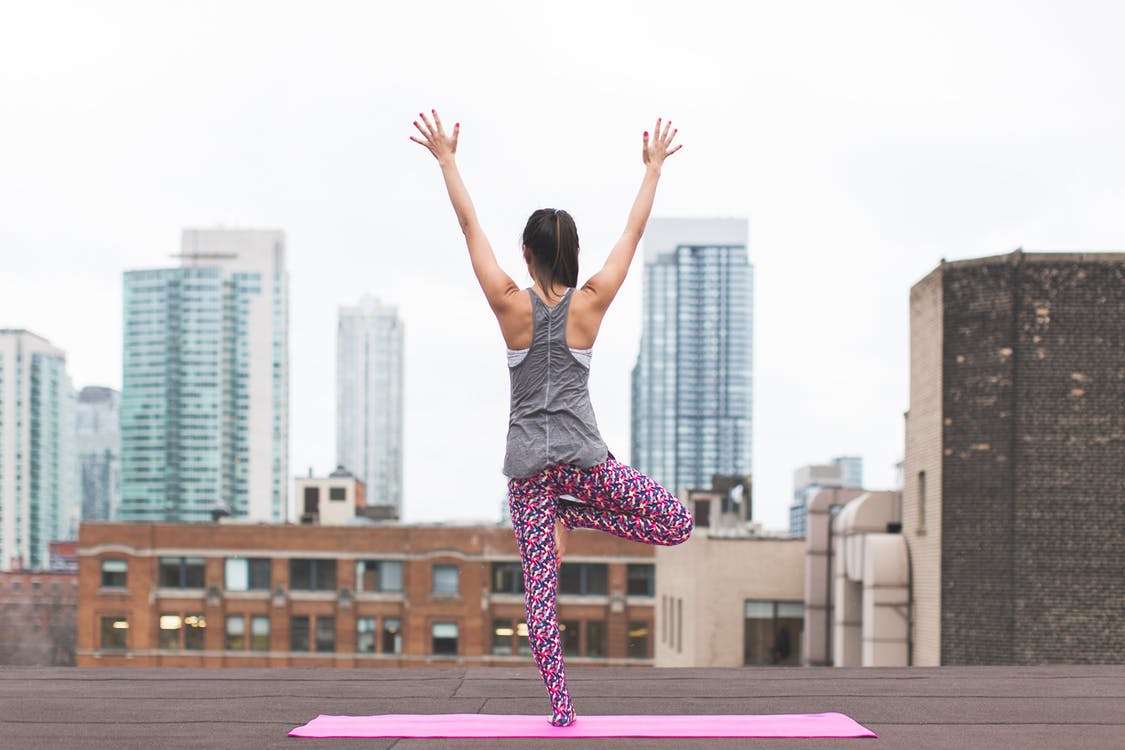How to Have An Effective Workout While Exercising on Keto

Will keto impair my ability to exercise?
Many keto followers ask this common question. After all, we’ve been taught carbohydrates are crucial for physical performance, so we diligently “carb-load” to keep our muscles and brain adequately fueled. But high-kick those carbs to the curb! Invigorating exercise on keto is totally achievable!
Although certain types of high-intensity exercise (sprinting, weightlifting, high-intensity interval training a.k.a. HIIT) still rely on some muscle glycogen (a.k.a. stored sugar), keto can actually help enhance your performance and provide long-lasting energy without “bonking” or “hitting the wall”, often experienced by carb-fueled endurance athletes.
That said, keep the following things in mind when approaching exercise after just starting a new keto diet.

First off, I don’t recommend beginning a brand new intense workout routine at the same time as you start keto. Transitioning to keto is a process, and your body needs time to adapt. During the adaptation phase (around two to four weeks, sometimes longer), one typically experiences a loss of strength and endurance with exercise. This is due to the body learning how to utilize fat as its primary fuel source.
Now just to clarify, I didn’t say avoid exercise… try to maintain your normal workout routine, or begin with low-intensity exercises that typically relieve stress, like walking and yoga. As you start to feel more energetic over time, gradually increase the intensity to a few times a week. Don’t forget hydration and electrolytes are critical for performance and energy.
Another reason performance may temporarily decline is that keto newbies are learning and constantly adjusting their diet in the process of finding their own keto. Nutrition is usually not optimal during this period, but it’s OK — mine wasn’t either! The longer you live and learn keto, the better you get at it! It took me about a month after starting keto just to get back to my baseline performance. After that, I began to notice increased endurance and cardiovascular strength, and less inflammation and decreased muscle soreness. This, in turn, meant quicker recovery and turnaround to get back in the gym or on the trail.
Keto is optimal for endurance

Our carbohydrate fuel tank is pretty small, only holding about 1,600-2,000 calories of fuel. This provides energy for all activities and physical needs, which actually includes simply breathing. When a carb-fueled athlete runs out of gas, they rely on sugary sports drinks, energy bars, and gels to refuel. Fat, on the other hand, can provide up to 20 times more fuel than the highest amount of stored carb in our bodies, ~40,000 calories in a very lean athlete.
An endurance athlete who is keto-adapted is able to avoid depletion of energy due to the massive fuel tank of fat energy. For this reason, we are now seeing endurance athletes breaking world records by using fat, not carbs, as the main fuel source.
But what about high-intensity training?

Training or sports that require intense activity lasting longer than 10 seconds like sprinting, weightlifting, and HIIT, rely primarily on carbohydrates (glucose), not fat (ketones) for fuel. When on a standard keto diet (SKD-typically 75% fat, 20% protein, 5% carb), these types of intense activities may be more difficult in the beginning. If you participate in more moderate-high intensity training, you may need to adjust your keto diet slightly to optimize training and performance.
There are a couple of variations of the keto diet that may help with this type of training:
• Targeted Ketogenic Diet (TKD): Consume 25-50 gm of net carbs per day approximately 30-60 minutes before or after exercising. This is good for active people who want a bit more energy for working out.
• Cyclical Ketogenic Diet (CKD): Eat a low-carb SKD for several days, followed by 1-2 days of eating high-carb foods a.k.a. “carb-loading”. This method is commonly used for very high performing athletes that participate in intense exercises like power-lifting, sprinting, etc.
You should be following a more SKD for 2-3 months before changing to a TKD or CKD to allow for full keto-adaptation to occur. Starting straight into TKD or CKD will likely delay the adaptation phase of keto. Also, these variations of keto are for people who are truly in-tune with their bodies. It’s important to understand limits and boundaries with carbs in order to maintain personal goals.
Remember to listen to your body.

It’s important to note there’s no one-size-fits-all approach to keto and exercising — or just to keto in general. For myself, I probably fall somewhere between all three versions of keto (SKD, TKD, CKD). I constantly adjust my way of eating based on my activity and how I generally feel each day. Remember, eating a well-formulated ketogenic diet with the appropriate amount of nutrition and calories is crucial for optimal physical performance.
In other words, don’t expect to perform and feel well on keto if you’re eating a poor, unhealthy, keto diet full of low-quality, processed “keto-friendly” foods.
In a nutshell:
- Include a variety of daily exercise to maintain good health, relieve stress, and prevent disease.
- The best form of exercise is the one that you can stick to.
- Although the research is still fairly new, the keto diet is showing positively in physical performance, especially for endurance activities.
- Once you become keto-adapted, don’t be afraid to tailor your diet to what fits best for you.
Find your keto and keep it pumpin’ strong, you energetic, awesome people!





Thanks for this. I run half marathons and train year ’round. I’ve been out of commission since last spring due to some medication I’ve been on and am beginning to get back in the swing, but started Keto two months ago and have honestly been very nervous. Hopefully, I will trust my body, it’s signs and the process and get back on track in no time – fingers crossed!
I’ve been doing Orange Theory for 5 years and in the past few weeks since starting keto, my calorie burn and splat points have been so much higher. I feel like I’ve got so much energy and recover quicker. An extra 100 calories per workout and am consistently getting 20-30 splat points.
That’s SO awesome, Jami! Thanks for sharing your success with us!